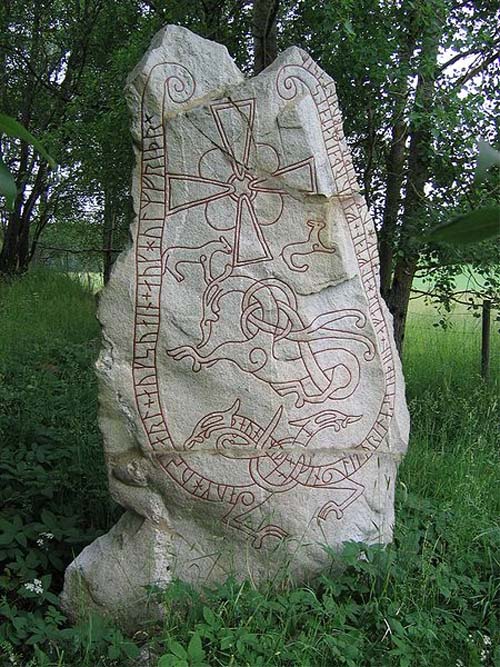Vikings settle down
Lesson Plan (KS2)

Please note: this lesson was produced as part of the Nuffield Primary History project (1991-2009) and pre-dates the 2014 National Curriculum. It is part of a full sequence of lessons available here.
|
This resource is free to everyone. For access to hundreds of other high-quality resources by primary history experts along with free or discounted CPD and membership of a thriving community of teachers and subject leaders, join the Historical Association today |
Key questions in this lesson:
- How can we find out where the Vikings settled?
- What can place names tell us about Viking settlement?
Objectives are for the children to:
- gain an understanding of the pattern of settlement of the Vikings
- use a map as a source of historical information
- appreciate that place names can give us information about the past.
Background information
This lesson originally formed the third in a five-week Viking unit in a school in the centre of Harrogate, North Yorkshire, an area heavily settled by the Vikings.
We wanted the children to understand the full variety of Viking life and culture, that they were so much more than the 'vicious Vikings' stereotype. The overall key question underpinning the unit was, therefore, 'Who were the Vikings?'
In week one we had introduced the Vikings through a case study – a classroom excavation of a burial mound.
In week two the children had conducted group investigations into five different aspects of Viking life and presented their findings to the class. This had given the children a good overview and sense of the Vikings: their family life, and their activities as warriors, traders, explorers and craftsmen/artists. (See Viking traders game)
Now we focused on the local area to research what Viking place names could tell us about Viking settlement in Britain. The documentary evidence about the Vikings coming to Britain is written by their victims. It tells of raids and battles, but there is nothing about the process by which the Vikings settled down in the area known as the Danelaw and eventually became English.
In this lesson children gain an understanding of the pattern of settlement of the Vikings, use a map as a source of historical information, and appreciate that place names can tell us about the past.
More Vikings lessons
- Romans, Anglo-Saxons and Vikings lessons
- Vikings: Egils Saga
- Vikings: who were they?
- Viking trade
- Viking travel
- Viking burial mounds
Roman Place Names
Using maps and placenames: Roman Britain exemplar
Background information for teachers
Vikings: a brief history
Attached files:
- Vikings Settle Down: Place Names Resource
22.5 KB Word document - Vikings Settle Down: Teachers Notes
166.1 KB PDF document


